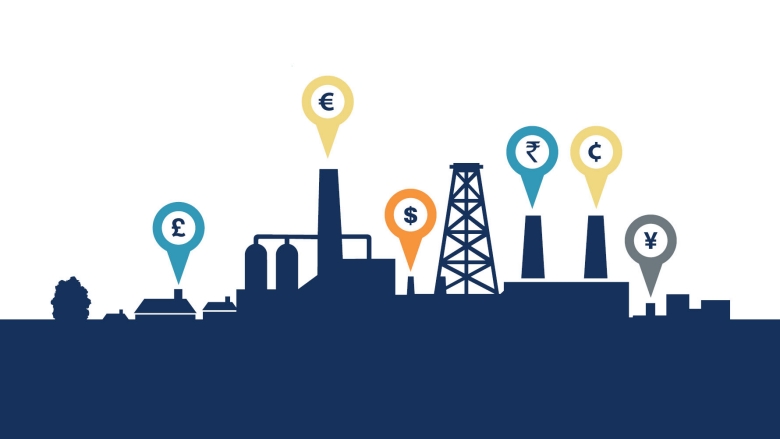Carbon pricing: It is a climate policy approach that is used to reduce carbon dioxide emissions around the world.
Carbon dioxide is a greenhouse gas that contributes to climate change.
According to www.rff.org, carbon pricing requires companies and other entities to pay for each ton of CO₂ they release into the atmosphere.
There are two main forms of carbon pricing: carbon taxes and cap-and-trade programs.
Carbon Tax:
Carbon tax is a fixed price that must be paid for every ton of CO₂ emitted into the atmosphere, it says.
The tax usually increases over time. It can cover some or all sources of energy-related CO₂ emissions by taxing fuels based on how much carbon they contain, which determines how much CO₂ is emitted when each fuel is burned, according to rff.org.
A cap-and-trade program limits the total amount of CO₂ that certain facilities can emit. The government issues a limited number of permits called emissions allowances, each of which grants the holder the right to emit one ton of CO₂.
By limiting the supply of allowances, the government puts a cap on the sector’s total emissions, which usually decreases each year.
Allowances can either be auctioned by the government or given freely to regulated firms, which can then trade allowances amongst themselves. These sales and purchases yield a market price for allowances—the price of one ton of CO₂ emissions, it said.
Many economists support carbon pricing because it is an “efficient” climate policy option—meaning it achieves emissions reductions at the lowest possible cost.
Carbon pricing is flexible: it allows the market to choose whether and how to reduce emissions.
Carbon pricing incentivizes all forms of emissions reductions that cost as much as or less than the carbon price, but discourages reductions that are more expensive. By making all emitters pay the same price for their emissions, a carbon price encourages emitters that can reduce emissions cheaply to do so, helping to achieve the most cost-effective level of reductions overall.
Another benefit of carbon pricing is that it encourages resource conservation. By increasing the prices of products with large carbon footprints, carbon pricing prompts people to use these products less.
Finally, carbon pricing creates new revenue for the government, which can be sent back to consumers as a rebate, or used to finance green investments or reduce other taxes like the payroll tax or federal gasoline tax.
When it comes to designing a carbon pricing policy, certain design choices can affect the outcomes of the policy more than others.
The policy stringency determines how the carbon tax or emissions cap changes over time: higher taxes (or lower emissions caps) will result in greater emissions reductions but increase costs, according to www.rff.org.
The coverage of a carbon pricing policy determines which sectors of the economy and which emission types are subject to the carbon price. For example, the Regional Greenhouse Gas Initiative in 11 Northeast and mid-Atlantic states is a cap-and-trade program on power sector emissions only.
How carbon pricing revenue is used has a substantial impact on the policy’s overall economic costs and how these costs are distributed across society.
Strategic revenue use can make carbon pricing policies more progressive, minimizing negative impacts on low-income households—or even benefiting them.









Comment